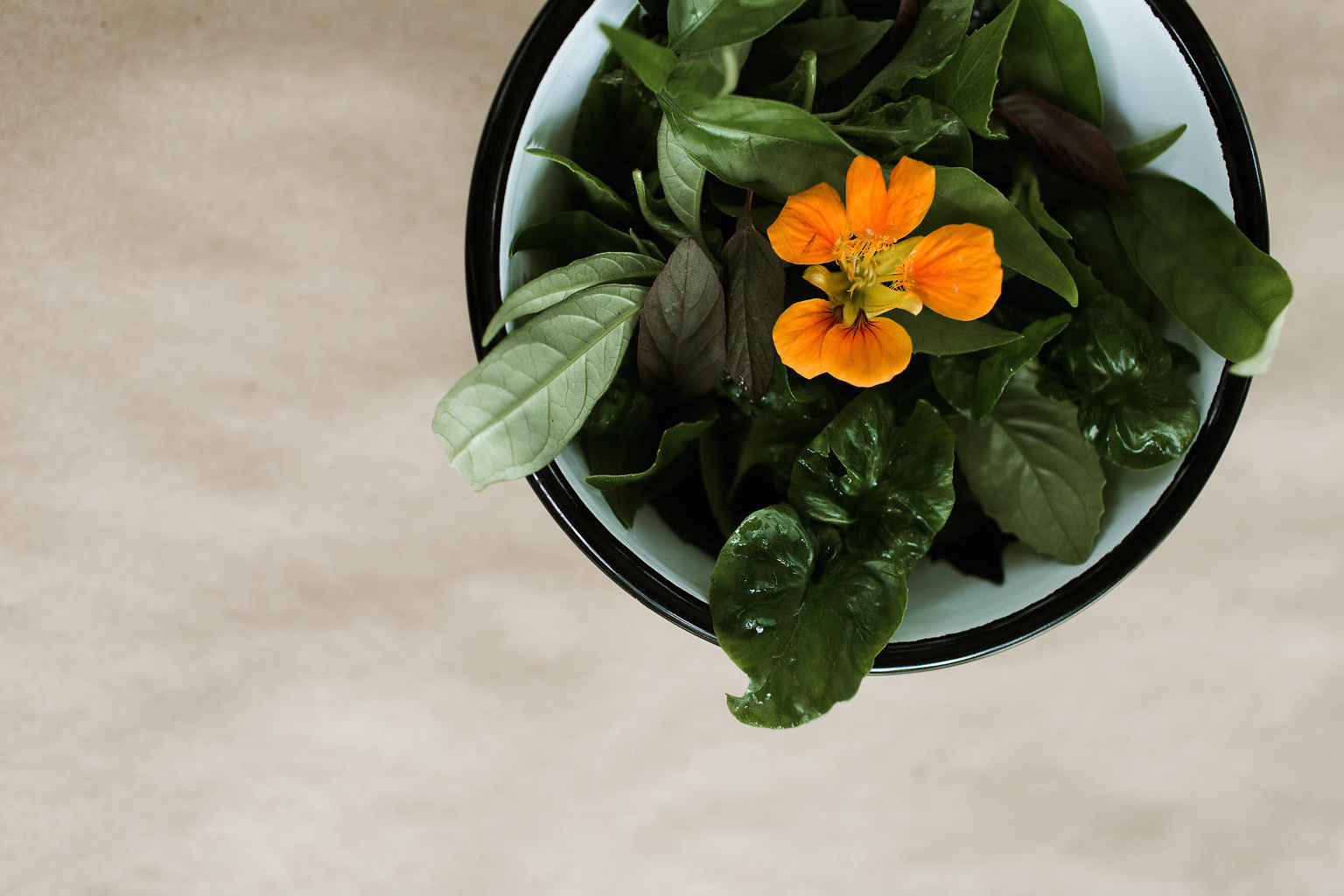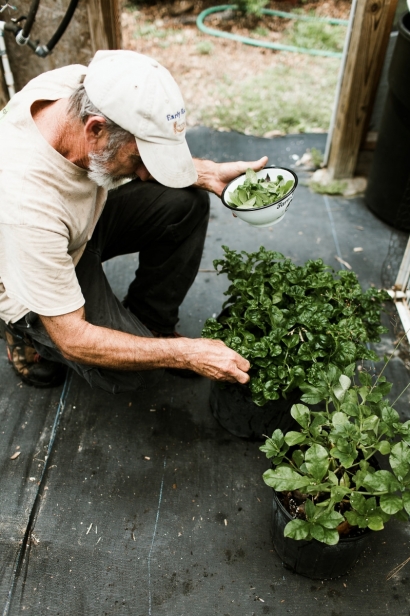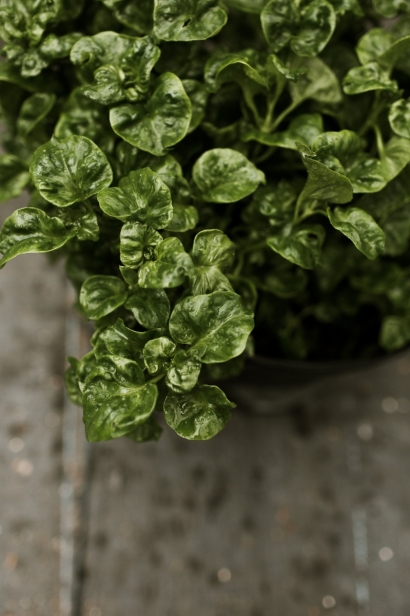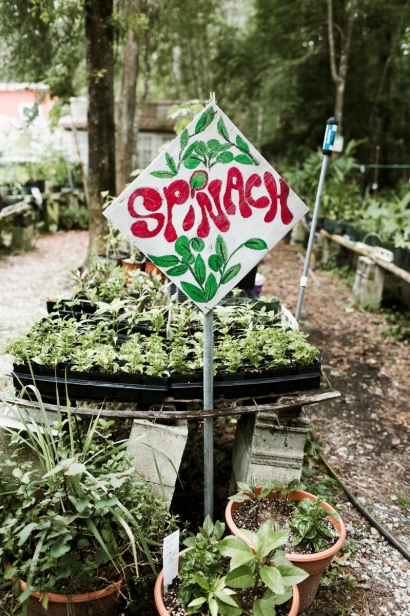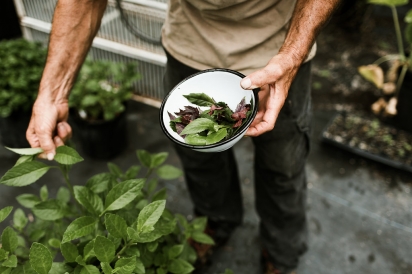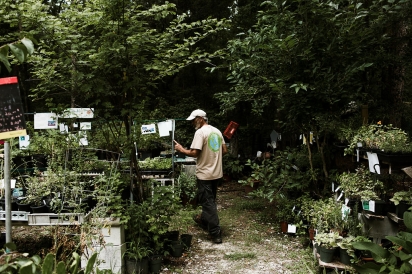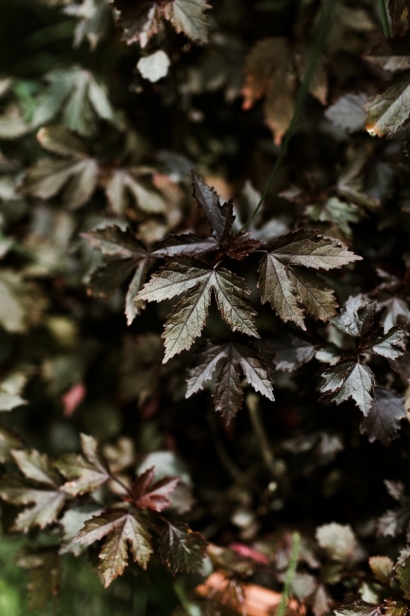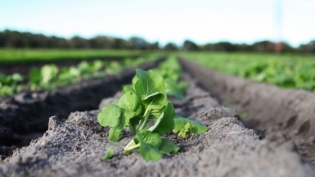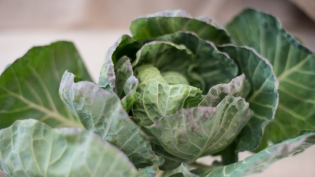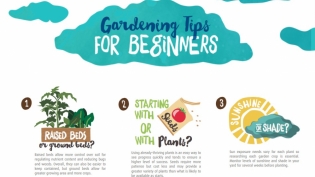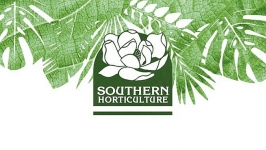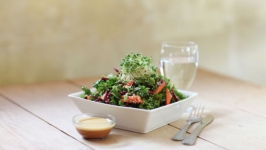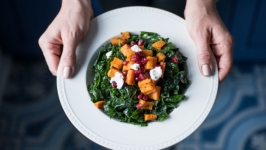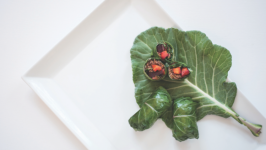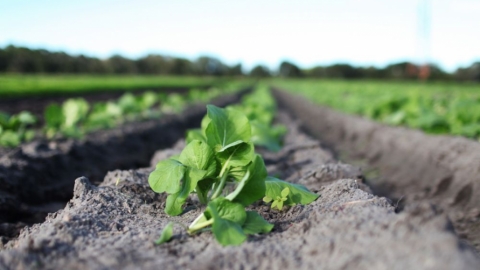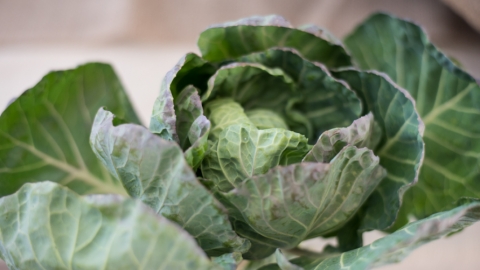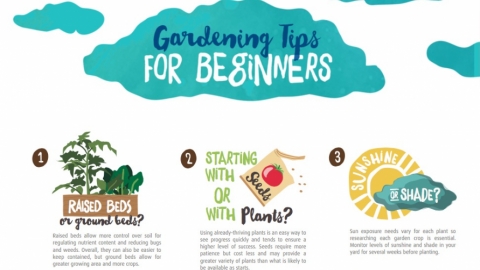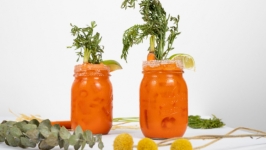Local Summer Salads
In the Deep South, growing greens for a salad in our heat and humidity can be challenging. Romaine, escarole, chard, kale and other greens we’re accustomed to seeing in our salads disappear from our farmers’ markets during the summer because it’s just too hot to grow them locally. The good news, however, is that for folks who aren’t afraid to think out of the box, there are lots of interesting alternative greens to explore for your salad, both at the market and in your garden.
First, let’s talk about Okinawan spinach. This leafy perennial thrives in warm, wet conditions and is best suited in subtropical and tropical areas as it is sensitive to frost. It’s a lovely plant with shiny leaves, green on top and purple underneath. Although not really a spinach, (it’s a member of the chrysanthemum family), it still makes a delicious addition to the salad bowl when you trim the sweet, tender tops.
Longevity spinach, Brazilian spinach and Vietnamese spinach also grow easily in our area and can be used for salads. These plants grow best in filtered light though they can be trained for more full sun. Malabar spinach (also not a true spinach) is a vining plant that grows well in our region. The heart-shaped, fleshy leaves have a flavor similar to Swiss chard. Egyptian spinach (also called Jute) makes a good choice for salads as well.
Another salad-worthy green is Amaranth, often better known as a grain crop. Hopi red and Callaloo varieties are available locally and can be easily grown in home gardens. Both are mild and tender when young and high in nutritional value. The red color of the leaves makes a striking addition to any bowl or plate.
Also -- how about trying purslane? Slightly crunchy with a lemony taste, it grows like a weed, loves hot weather and self-seeds. This plant is a great source of Omega-3 fatty acids.
Need more options? I love the young, tender leaves of edible hibiscus, (Manihot or Sunset Hibiscus), the colorful Cranberry Hibiscus and Jamaican sorrel or roselle (Red Zinger hibiscus). One odd favorite is Katuk or sweetleaf, a native of Borneo where they bundle the young shoots and sell them as tropical asparagus. The young leaves have a nice peanut taste. (And, speaking of peanut -- get to know the yummy and colorful flowers of the perennial peanut. They’re edible!).
While there are also some traditional lettuce options grown hydroponically that are offered around the area, your best bet for finding these new greens is with a trip to your local farmers’ market. Ask growers if they have any of these options on hand, or if they plan to grow them.
Summer in Northeast Florida is an exciting opportunity to get out and explore new leafy options for your next salad. Look for those that are locally grown, but if you can’t find them, grab a planter, a little dirt, and consider the possibility of growing your own. Your palate will thank you.
Need some help getting your summer greens garden going? Get in touch with the folks at Eat Your Yard Jax! www.eatyouryardjax.com


